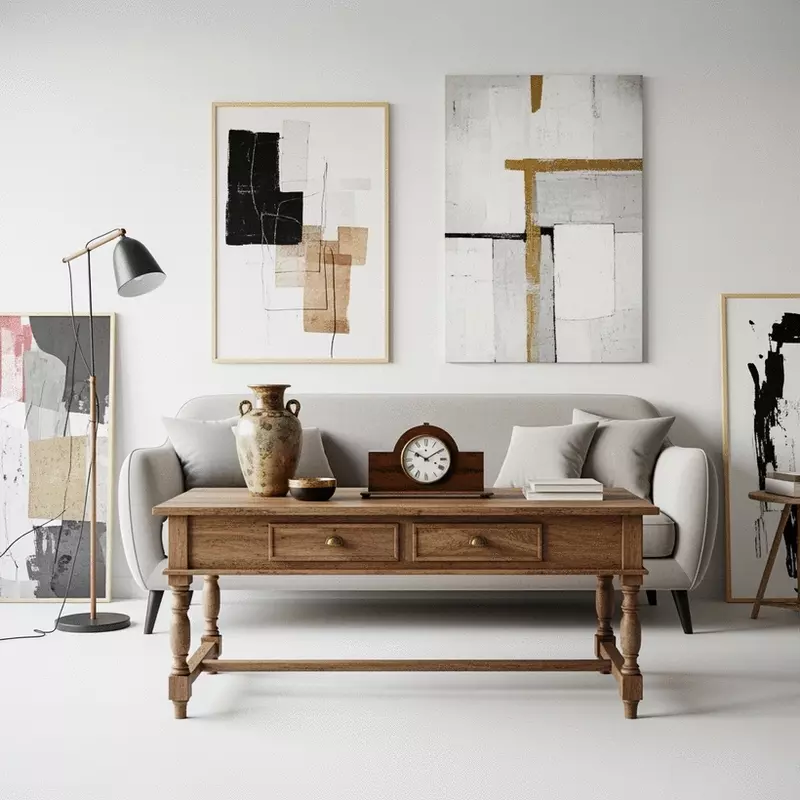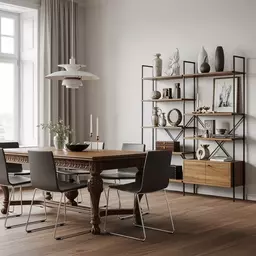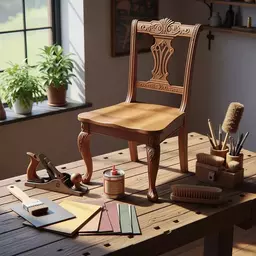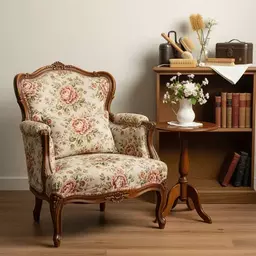Restoring Antique Furniture Safely
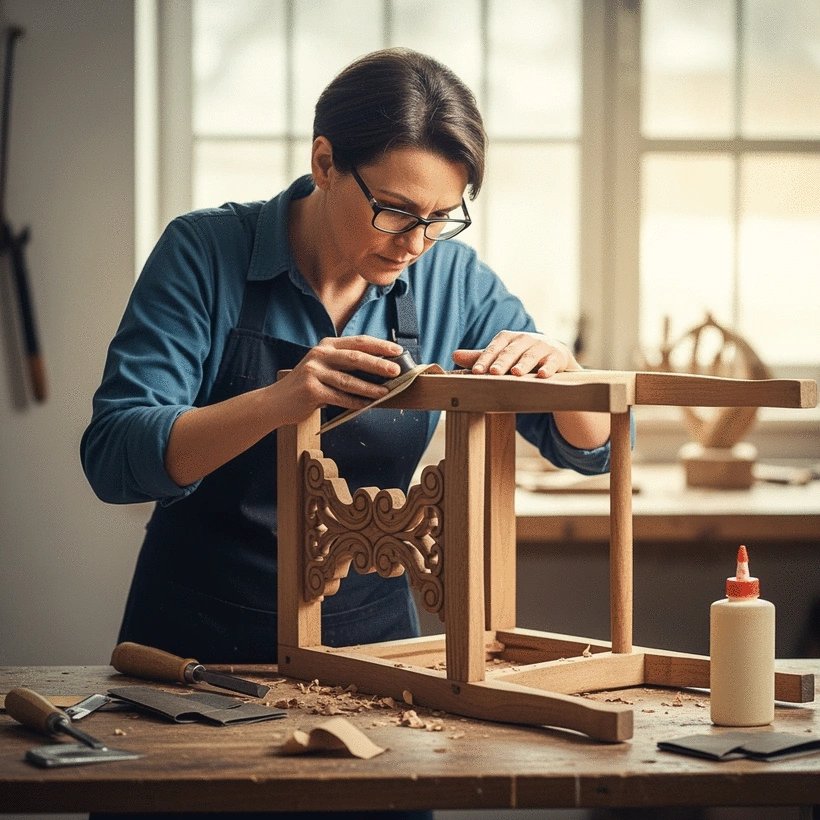
As the saying goes, "Antiques are not just old things; they are stories waiting to be told." Restoring antique furniture is a journey that not only revitalizes beautiful craftsmanship but also preserves history. If you’re considering diving into the world of antique restoration, understanding the nuances of this art form is essential. Here are some key takeaways that will enhance your approach to this rewarding endeavor.
What You Will Learn
- Restoration is about elevating beauty while maintaining historical integrity, not just making items look new.
- Proper preparation, including evaluating condition and identifying materials, sets the foundation for successful restoration projects.
- Using inappropriate cleaning products can damage finishes and wood, so always opt for gentle and suitable solutions.
- Regular maintenance, such as dusting and avoiding direct sunlight, is essential for the longevity of restored antique furniture.
- Engaging with the antique community online can provide inspiration and valuable insights into restoration techniques.
- Eco-friendly restoration practices not only protect the environment but also help to preserve the integrity of antique pieces.
- Document your restoration journey with before-and-after showcases to inspire and connect with others in the community.
Key Considerations for Antique Furniture Restoration
Understanding the essential elements of antique furniture restoration is crucial to preserve their beauty and integrity. Below are the highlighted risks and preparation steps to keep in mind.
Risks of Improper Restoration Techniques
- Risk of damaging finishes
- Loss of original details
- Stripping away character and history
Essential Preparation Steps
- Evaluate the overall condition
- Document any unique features
- Research historical context for better insights
Post-Restoration Care Tips
- Dust regularly with a soft, lint-free cloth
- Use coasters and placemats to protect surfaces
- Avoid direct sunlight to prevent fading
Eco-friendly Choices in Restoration
- Use natural oils and waxes for finishes
- Choose water-based adhesives and cleaners
- Repurpose or recycle materials
Understanding the Importance of Safe Antique Furniture Restoration
Restoring antique furniture is a labor of love, connecting us to history through beautiful craftsmanship. However, it's crucial to approach restoration with care and respect. The charm of these pieces lies not only in their appearance but also in the stories they tell. At the Antique Furniture Guide, we believe that understanding the importance of safe restoration practices is essential for preserving these treasures.
When we talk about restoration, it's not merely about making an item look new again; it’s about enhancing its beauty while maintaining its integrity. Each piece of antique furniture is unique, often made with materials and techniques that may not be used today. Hence, the goal should be to revive their original splendor without compromising their historical value.
Why Antique Furniture Requires Special Care
Antique furniture requires special care for several reasons. Firstly, many antique pieces are made from delicate woods and finishes that can be easily damaged. A simple mishap during restoration can lead to irreversible damage. Consequently, it’s vital to preserve the original characteristics of these items. Understanding the specific needs of the materials involved is key to a successful restoration.
Additionally, antiques often carry a sense of history and character that newer items lack. For instance, the patina of an old wood surface or the wear on a vintage chair tells a story. If we rush the restoration process or use harsh chemicals, we risk stripping away this narrative. Therefore, approaching each restoration project with patience and knowledge is essential.
- Preservation of history
- Protection of delicate materials
- Maintaining original craftsmanship
The Risks of Improper Restoration Techniques
When restoring antique furniture, improper techniques can lead to significant problems. One of the main risks is using the wrong cleaning agents, which can damage finishes and even the wood itself. It’s crucial to choose products that are gentle yet effective. Unfortunately, many novice restorers may not realize this and opt for harsher solutions, thinking they’ll achieve better results.
Another common mistake is over-sanding or refinishing a piece, which can result in losing original details. Once those features are gone, they cannot be replaced. Here at the Antique Furniture Guide, I emphasize the importance of gentle handling and the use of appropriate methods that honor the craftsmanship of the piece.
- Risk of damaging finishes
- Loss of original details
- Stripping away character and history
Essential Preparation Steps for Restoring Antique Furniture
Before diving into a restoration project, preparation is key. Assessing the condition of your antique piece thoroughly sets the stage for a successful outcome. By taking your time to examine every aspect, you can identify the right steps for restoration.
Start by identifying the original materials and finishes. This knowledge can help you select compatible cleaning and restoration products. Additionally, taking precise measurements and notes ensures that any repairs or replacements maintain the integrity of the piece.
- Evaluate the overall condition
- Document any unique features
- Research historical context for better insights
Quick Summary
Here's a brief recap of the key points discussed so far:
- Restoration is about enhancing the beauty of antique furniture while maintaining its integrity.
- Special care is needed due to the delicate materials and historical significance of these pieces.
- Improper techniques can cause irreversible damage, making knowledge and patience vital in the restoration process.
Long-term Care and Maintenance for Restored Antique Furniture
Caring for your beautifully restored antique furniture is just as important as the restoration itself! Once you've put in the effort to preserve these unique pieces, you want to ensure they remain in great condition for years to come. Regular maintenance not only keeps them looking their best but also helps to safeguard their historical integrity.
Here are some practical post-restoration care tips that I like to follow:
- Dust regularly with a soft, lint-free cloth to prevent dirt buildup.
- Use coasters and placemats to protect surfaces from heat and moisture.
- Avoid direct sunlight to prevent fading and warping of colors.
- Apply a gentle wood conditioner every few months to keep the finish hydrated.
- Inspect joints and hardware periodically for any signs of wear or looseness.
Post-Restoration Care Tips to Preserve Longevity
Establishing a cleaning and maintenance routine is essential for keeping your antique furniture in optimal shape. Remember that each piece may have its own specific needs based on its material and age. Let’s look at some effective strategies!
- For wooden surfaces, a damp cloth is often enough; avoid harsh chemicals.
- For upholstery, consider steam cleaning or professional cleaning services.
- Rotate furniture occasionally to minimize uneven wear from sunlight or traffic.
It’s also crucial to consider the environmental factors that might affect your antiques. Maintaining a consistent temperature and humidity level can make a huge difference in preserving the beauty of your pieces. Antique furniture thrives in environments that are not too dry or too humid. Aim for a temperature around 20°C (68°F) and humidity levels between 40-60%!
Showcasing Before-and-After Restoration Projects
What better way to celebrate the results of your hard work than by showcasing before-and-after restoration projects? This not only allows you to appreciate your efforts but also serves as inspiration for others who may be hesitant to take on their own restoration ventures.
Sharing your experiences can build credibility and provide valuable insights into the process. Here are a few ideas for showcasing your work:
- Post detailed photos on social media, including close-ups of any unique features.
- Create a dedicated album for your restoration journey on platforms like Facebook or Instagram.
- Consider writing a blog post detailing your techniques and challenges faced during restoration.
Visual Testimonials to Build Credibility
When it comes to convincing others of the benefits of restoration, visual testimonials are powerful! A simple yet effective way to highlight your work is by compiling short videos of the restoration process or written testimonials from family and friends who admire your work. Remember, your journey can inspire others to appreciate the beauty of antique furniture!
Case Studies Highlighting Successful Restorations
If you're particularly proud of a restoration project, consider creating a case study. This can include:
- The story behind the piece and its original condition.
- The methods used in the restoration process.
- Challenges faced and how you overcame them.
- The final results and how it’s been integrated into your home.
Engaging with the Antique Furniture Restoration Community
Connecting with like-minded enthusiasts can enhance your appreciation for antique furniture restoration! The community is filled with individuals who share your passion and can offer insights or tips you may have not considered. Social media platforms are fantastic tools for engagement.
Utilizing Social Media for Restoration Inspiration
Sharing your restoration journey online not only showcases your work but also provides a platform for others to learn from your experiences. Here are some engaging ways to utilize social media:
- Join antique restoration groups on Facebook for tips and discussions.
- Follow hashtags like #AntiqueRestoration to find inspiration and connect with others.
- Participate in restoration challenges on Instagram to share your progress and gain feedback.
FAQs About Antique Furniture Restoration
As you dive deeper into the world of antique restoration, you may have questions! Here are some common queries that arise:
Frequently Asked Questions (FAQs)
- What is the primary goal of antique furniture restoration?
- The primary goal is to enhance the beauty of the piece while maintaining its historical integrity and original craftsmanship, not simply to make it look new.
- Why is careful preparation crucial before starting a restoration project?
- Careful preparation, including evaluating its condition, identifying materials, and researching its historical context, sets the foundation for successful restoration, helping avoid damage and ensuring appropriate techniques are used.
- What are the risks of using improper restoration techniques?
- Improper techniques can lead to damaging finishes, losing original details, and stripping away the intrinsic character and history of the antique piece.
- How can I ensure the long-term preservation of my restored antique furniture?
- Long-term preservation involves regular maintenance such as dusting, using protective measures like coasters, avoiding direct sunlight, and maintaining consistent temperature and humidity levels.
- How can I engage with the antique furniture restoration community?
- You can engage by joining online groups on platforms like Facebook, following relevant hashtags on Instagram, and participating in restoration challenges to share your work and learn from others.
- What are some eco-friendly choices in antique furniture restoration?
- Eco-friendly choices include using natural oils and waxes for finishes, opting for water-based adhesives and cleaners, and repurposing or recycling materials whenever possible.
For further learning, I recommend checking out trusted online resources or books devoted specifically to antique furniture care. Never hesitate to ask questions; the more you learn, the better equipped you'll be to cherish and maintain your antique treasures!
Common Questions Regarding Safe Restoration Practices
It’s always good to have a few trusted resources at your fingertips. Whether you’re figuring out the right products to use or understanding how to best preserve your antiques, being informed makes the journey smoother!
Resources for Further Learning on Furniture Care
Several online forums and websites offer valuable insights into antique furniture care. Here’s a list of a few I find particularly helpful:
- The Antique Furniture Guide (of course!) for articles and tips.
- Online antique communities where enthusiasts gather and share.
- Books by experts in furniture restoration for in-depth learning.
- For comprehensive advice on various aspects of caring for antique furniture, Antiques World offers helpful tips that cover a wide range of topics.
Encouraging Responsible Restoration Practices
As we continue our journey through the world of antiques, it’s essential to remember that responsible restoration practices can significantly contribute to the longevity of these beautiful pieces. Embracing eco-friendly choices and understanding the importance of proper treatments will ensure that our antique treasures are cherished for generations to come.
Promoting Eco-friendly Choices in Restoration
Being mindful of the products we use in restoration can make a significant impact! Opting for eco-friendly materials and cleaning solutions not only benefits our environment but also preserves the integrity of the antiques. Here are some eco-friendly practices to consider:
- Use natural oils and waxes for finishes.
- Choose water-based adhesives and cleaners.
- Repurpose or recycle materials when possible.
Understanding Furniture Treatments and Protectants
Understanding how to apply protective treatments can also play a significant role in caring for your antiques. It's all about finding the balance between protection and preservation. For more tips on effective treatments, you can always refer back to the Antique Furniture Guide!
Conclusion: Embracing the Art of Antique Restoration Responsibly
In conclusion, caring for restored antique furniture isn’t just a task; it’s an art form! By following the steps outlined in this guide, you can create a lasting relationship with your antiques, ensuring they continue to tell their unique stories for many years. Let's cherish and honor the beauty of our shared history through responsible practices and a genuine love for craftsmanship!
Recap of Key Points
Here is a quick recap of the important points discussed in the article:
- Restoration is about enhancing beauty while maintaining the integrity and historical value of antique furniture.
- Use gentle cleaning methods and appropriate products to avoid damaging finishes and losing original details.
- Thoroughly assess the condition of pieces before restoration, documenting unique features and researching their historical context.
- Regular maintenance is essential, including dusting, using coasters, and avoiding direct sunlight to protect restored pieces.
- Engage with the antique restoration community for inspiration, tips, and sharing experiences through social media platforms.
- Embrace eco-friendly restoration practices by choosing natural materials and products that protect both the antiques and the environment.



